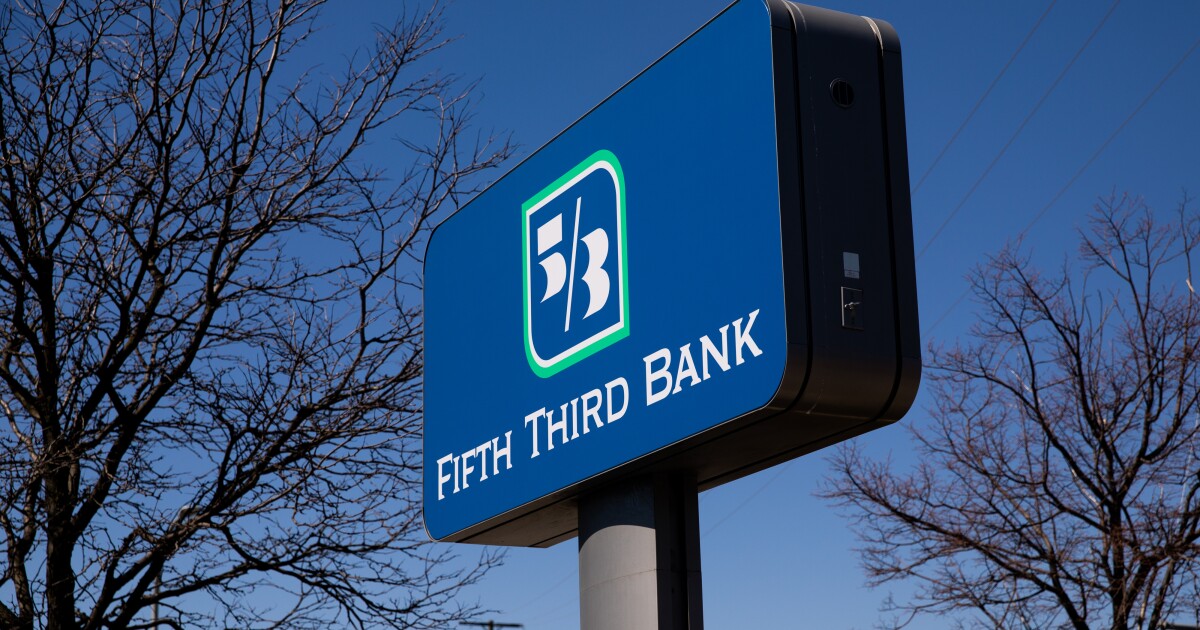When filing U.S. federal income tax, taxpayers often encounter several forms and schedules that must be completed to accurately report their financial activities. One such form is Schedule B, which is used to report interest and ordinary dividends. Understanding this form is crucial for taxpayers with investment income to ensure compliance with tax laws and avoid potential penalties. Here’s an overview of Schedule B, including who needs to file it, the different components, and common mistakes to avoid.
What is Schedule B?
Schedule B is a tax form attached to Form 1040, 1040-SR, or 1040-NR to report interest income and ordinary dividends received during the tax year. This form is typically required for individuals with significant income from investments and other financial instruments.
Who Needs to File Schedule B?
You need to file Schedule B if you meet one of the following criteria:
- Your total taxable interest income is more than $1,500 during the tax year
- Your ordinary dividends exceed $1,500 during the tax year
- You have any of the following less common situations:
- You have foreign accounts or trusts
- You earn interest from a seller-financed mortgage
- You earned a penalty for early withdrawal of savings
- You earned tax-exempt interest
Parts of Schedule B
Schedule B is divided into three main parts.
Part I: Interest Income
Part 1 of Schedule B requires you to list all the information received via Form 1099-INT, 1099-OID, or another substitute statement from a financial institution. On Line 1, you should enter the name of each payer and the amount of interest received. This includes interest from savings accounts, bonds, certificates of deposit (CDs), and other financial instruments. Line 2 requires you to total your interest income. You should report any interest excluded, such as tax-exempt interest on Line 3. Line 4 will calculate your total taxable interest income.
Part II: Ordinary Dividends
Part II of Schedule B collects information about your ordinary dividends for the tax year. Remember, ordinary dividends differ from qualified dividends, which are taxed at a lower rate. This information is found on Form 1099-DIV or another substitute statement from your financial institution. On Line 5, you should enter the name of each payer and the amount of ordinary dividends received. Use Line 6 to total your ordinary dividend income.
Part III: Foreign Accounts and Trusts
Part III of Schedule B is for less common scenarios since it is used to report any financial interest in or authority over a foreign account, such as a bank account. It’s also used if you are involved with certain foreign trusts. If so, additional reporting may be necessary under the Foreign Account Tax Compliance Act (FATCA). If you have foreign financial accounts with a combined value exceeding $10,000 at any time during the year, you must file the Report of Foreign Bank and Financial Accounts (FBAR), in addition to Schedule B.
Common Mistakes to Avoid
The biggest mistake you can make with Schedule B is failing to report small amounts. Even if interest or dividends are minimal, they must be reported if they exceed the $1,500 threshold. Another mistake is not filing at all. If you are required to file Schedule B and fail to do so, you may face penalties, including fines and interest on unpaid taxes. Finally, do not overlook foreign income. Neglecting to report foreign accounts or income can lead to severe penalties.
Tax Help for Those Who File Schedule B
Schedule B is a vital component of the U.S. tax filing process for individuals with interest and ordinary dividend income. By accurately reporting these amounts, taxpayers can ensure compliance with IRS regulations and avoid potential penalties. Understanding when and how to use Schedule B, along with avoiding common mistakes, can help streamline the tax filing process and ensure that all investment income is appropriately accounted for. Optima Tax Relief is the nation’s leading tax resolution firm with over $3 billion in resolved tax liabilities.
If You Need Tax Help, Contact Us Today for a Free Consultation
Publisher: Source link











